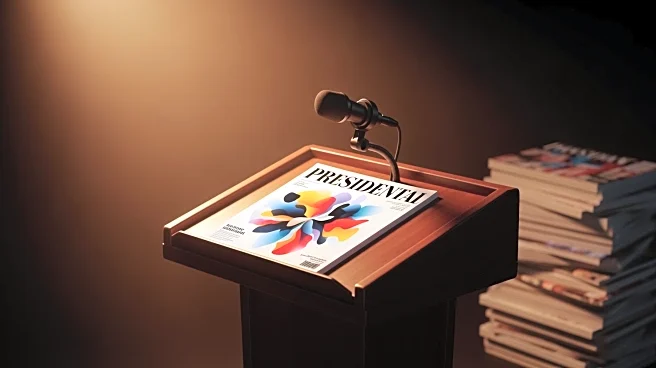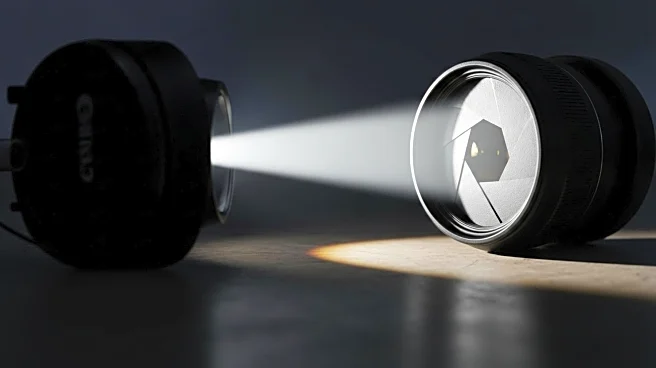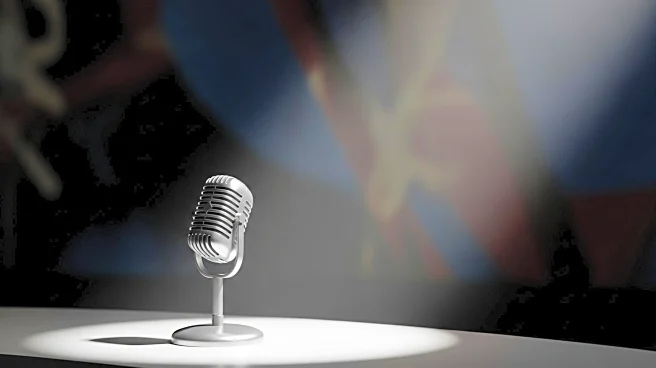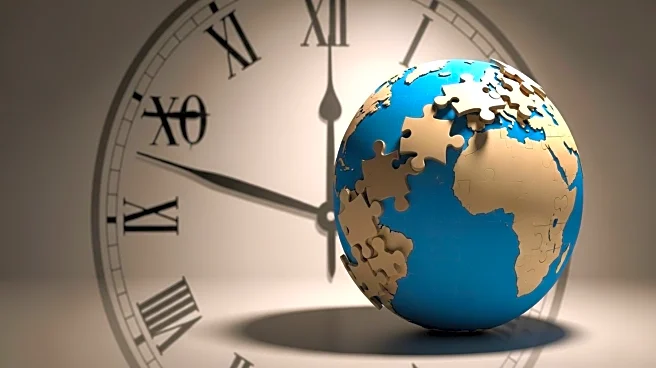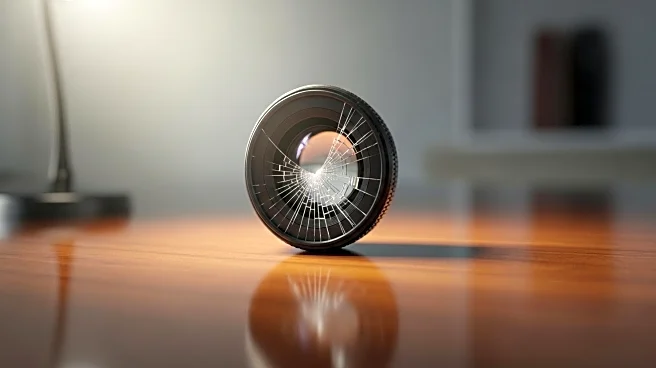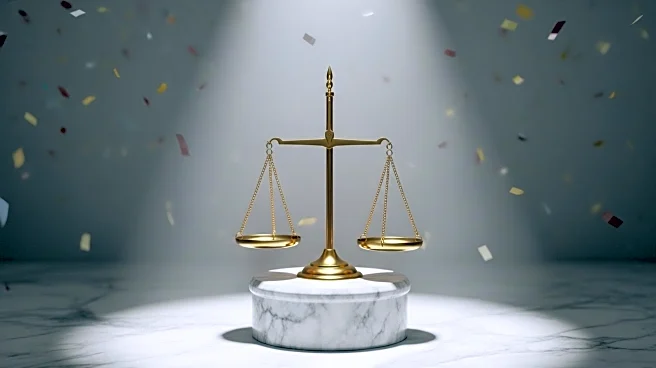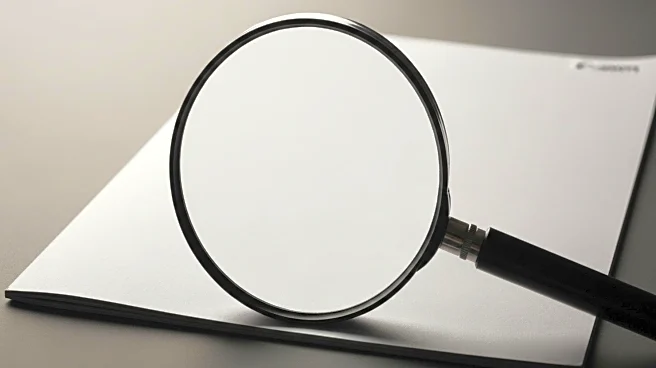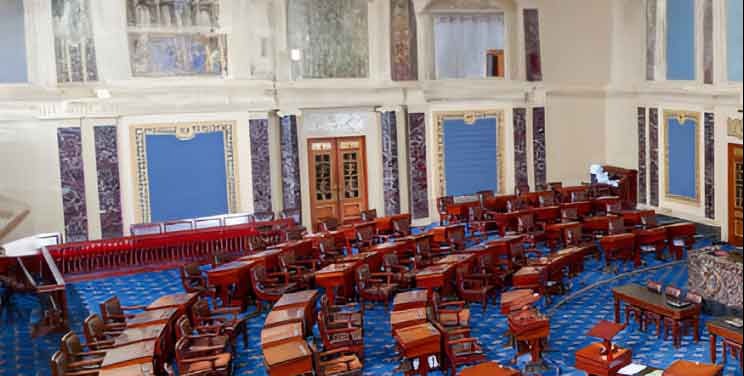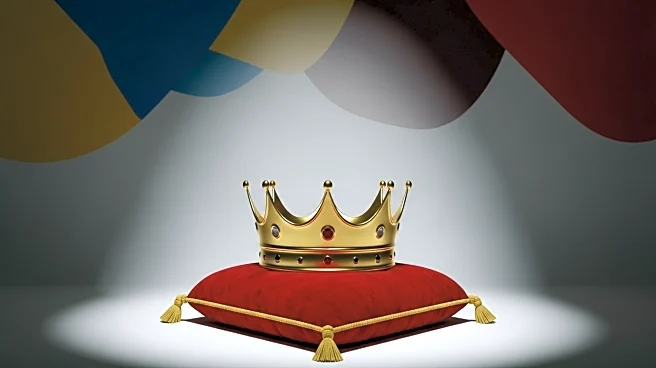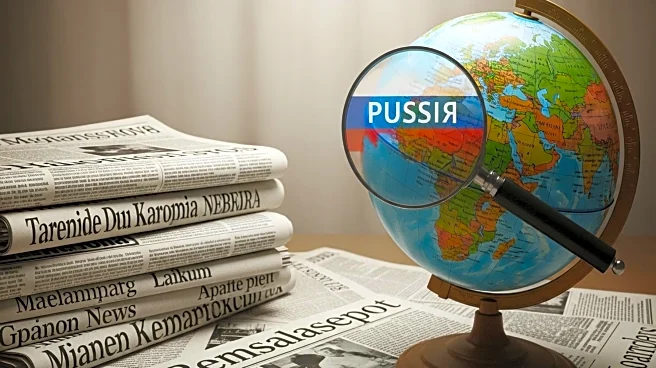What's Happening?
President Trump expressed dissatisfaction with a Time magazine cover photo, criticizing it for making his hair appear thinner and including a floating crown-like image. He questioned the magazine's choice
of image, taken from a low angle, and suggested an alternative cover featuring a more straightforward photo of himself. The alternate cover, shared by Trump representative Kari Lake, includes a photo of Trump in a dark suit with an American flag pin, accompanied by the text 'Trump's Triumph: Bringing Peace to the World.'
Why It's Important?
The incident highlights the significance of media portrayal in shaping public perception of political figures. Trump's reaction underscores his sensitivity to visual representation and the impact it can have on his image. The suggestion of an alternative cover reflects the broader dynamics between media outlets and political leaders, where editorial choices can influence public narratives and perceptions. This situation may prompt discussions about the ethics and impact of visual representation in political journalism.
What's Next?
The controversy may lead to further scrutiny of media practices in selecting and presenting images of public figures. It could prompt discussions about the ethical considerations involved in editorial decisions and the potential consequences for political leaders. Trump's reaction may also influence how future media outlets approach cover photos and articles about him, potentially leading to more cautious editorial decisions.
Beyond the Headlines
The incident raises questions about the role of media in shaping political images and the ethical considerations involved in editorial choices. It highlights the balance between artistic expression and respectful representation, especially for public figures. This situation could contribute to ongoing debates about media bias and the responsibilities of journalists in portraying political leaders.
